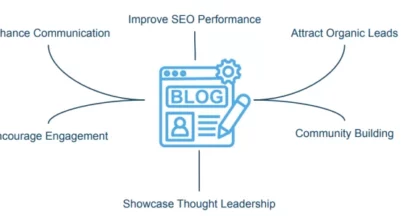In the ever-changing world of SEO, the term “link juice” is often used. To those unfamiliar with the field, it may seem strange and confusing.
However, it is an important concept to understand if you want your website to rank higher in search engine results and attract more organic traffic.
This blog post from ThimPress will explain the concept of link juice in SEO and provide practical tips for increasing it for your website.
What is Link Juice in SEO?
Link juice, also known as link equity, is a term used to describe the value or authority that a website passes on to another website when it links to it. The more high-quality backlinks a website has, the more link juice it has, and the higher it is likely to rank in search engine results pages.
Example:
Two websites, Website A and Website B.
Website A is a well-known and authoritative website in the technology industry. It has many backlinks from other high-quality websites. When Website A links to another website, it passes on some of its link juice to that website.
Website B is a new and relatively unknown website in the same industry. It doesn’t have many backlinks, so it doesn’t have much link juice.
If Website B manages to get a backlink from Website A, it will gain some of Website A’s link juice and authority. This will help Website B to rank higher in SERPs and attract more traffic.
In short, link juice is a valuable commodity in SEO. It can help websites improve their rankings, visibility, and traffic.
How Does Link Juice Work?
Link juice is a metaphor for the value or authority that is passed from one web page to another through hyperlinks. When one web page links to another, it is effectively endorsing or recommending the content of the linked page.
Search engines like Google view these links as “votes of confidence” or recommendations, and as a result, the linked page earns some SEO value or “link juice” from the linking page.
Not all links are created equal. The amount of link juice that is passed on depends on a number of factors, including:
- Relevance: The more relevant the content of the linking page and the linked page is, the more likely the link is to pass on link juice.
- Authority: The more authoritative and credible the linking page is, the more link juice it will pass on.
- Do-follow vs. no-follow links: Most links are “do-follow” by default, which means that they pass on link juice. However, some links may be designated as “no-follow,” which means that they do not pass on any link juice.
- Placement: Links that are placed within the main content of a web page are generally considered to be more valuable than links that are placed in the footer, sidebar, or navigation.
- Number of outbound links: The more outbound links a web page has, the less link juice is passed on to each individual link.
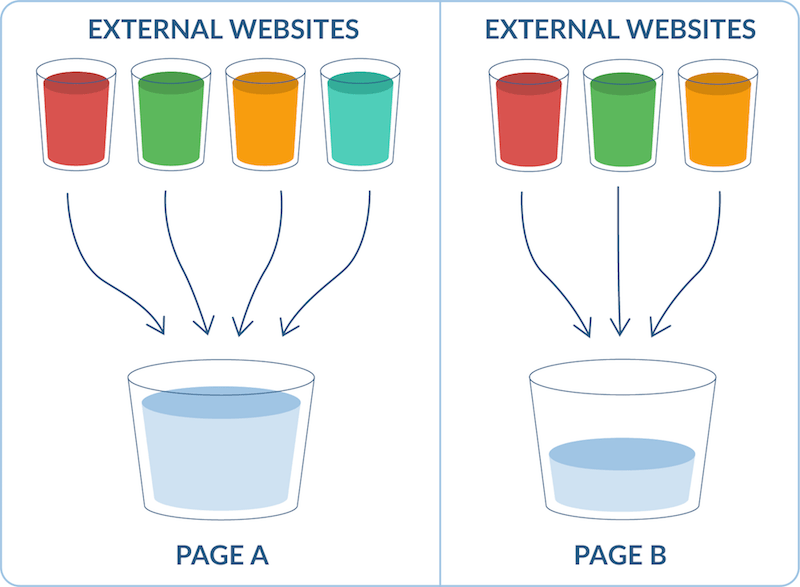
In short, link juice is an important factor in SEO. By building high-quality backlinks from relevant and authoritative websites, you can help to improve your website’s ranking and visibility in search engine results pages.
How To Get More Link Juice for The Website?
Now that we understand what Link Juice is and how it works, let’s explore some effective strategies to get more Link Juice for your website.
High-Quality Content Creation

Creating high-quality content is essential for attracting link juice. Content that is valuable, relevant, and informative is more likely to be linked to by other websites and content creators, which helps to increase a website’s link juice.
The more reputable and authoritative the linking websites are, the more valuable the link juice is, which can have a positive impact on a website’s authority and credibility in search engines.
in addition to attracting organic backlinks, high-quality content is also more likely to be shared and engaged with on social media, which can amplify its reach and potentially lead to even more backlinks over time.
Furthermore, incorporating backlink monitoring into your strategy allows you to track the effectiveness of your content in real time, providing insights into which pieces are most successful at gaining backlinks.
This data can then be used to refine your content strategy, ensuring a continuous improvement in both the reach and the quality of incoming links.
Internal Linking
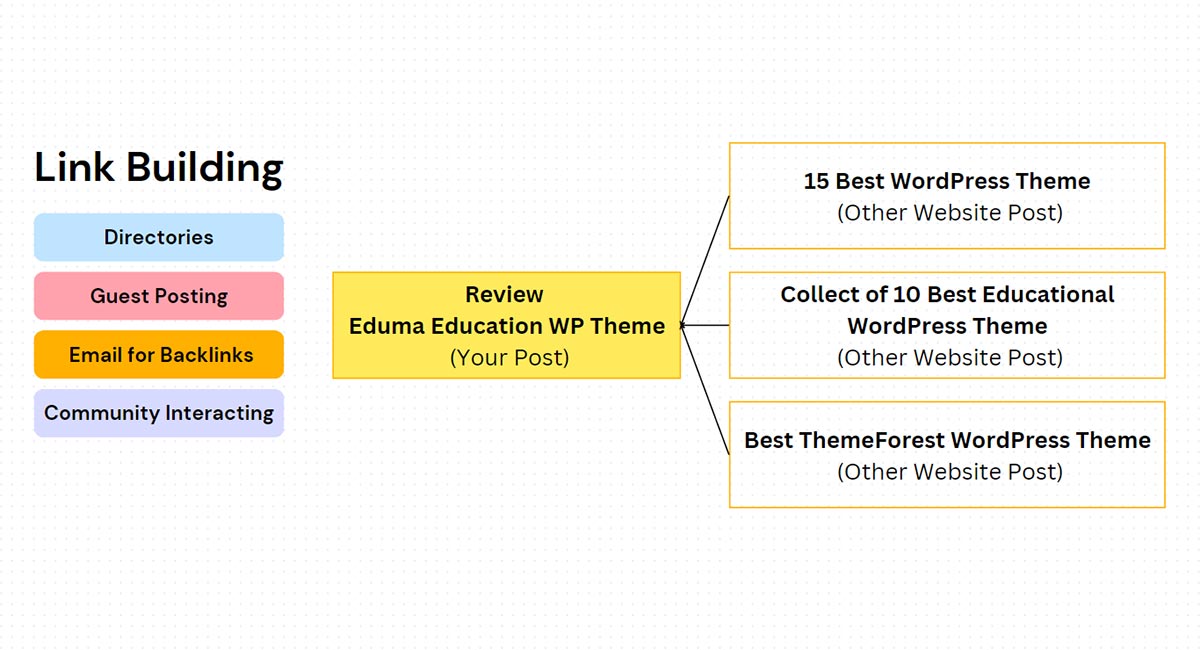
Internal linking is the practice of connecting pages on the same website with hyperlinks. It can be used to improve the user experience, distribute link juice, and boost SEO performance.
When done effectively, internal linking can help search engine crawlers understand the structure and content relevance of a website. This can lead to improved ranking and visibility in search engine results pages.
A well-designed internal linking strategy can also help to maximize the potential of a website’s content and improve its overall visibility and ranking.
Outreach and Guest Blogging
If you want to get more people to see your content online, you should use outreach and guest blogging. This means reaching out to other websites in your niche and offering to write a guest post for them.
In your guest post, you can include links back to your own website, which will help to boost your credibility and authority.
But guest blogging isn’t just about getting more links. It’s also a great way to build your reputation as an expert in your field and attract new readers to your website.
If people like what you write, they’re more likely to click through to your website and become regular readers.
Social Media Promotion

Social media is a great way to get your content seen and boost your reach. If you use it strategically, you can get your followers excited about your work and even attract attention from other websites, bloggers, and influencers in your niche.
To do this, create content that is highly interesting and shareable. If people find your content valuable, they’re more likely to like, share, and comment on it. This will help to increase your visibility and reach a wider audience.
Once you’ve built a following and created some great content, you can start to reach out to other websites, bloggers, and influencers in your niche.
Let them know about your content and why you think they might find it interesting. If they like what they see, they may link back to your website from their own sites or blog posts.
Infographics and Visual Content
Creating cool infographics and visual content is a great way to get backlinks from other websites. When you present information in a visually appealing and easy-to-understand way, people are more likely to share it.
Other bloggers and website owners will see your infographics and visual content as valuable resources, and they’ll want to share them with their audiences. This will make your content look more authoritative and trustworthy to search engines.
Additionally, all of those backlinks will help your content rank higher in search results and drive more traffic to your website. It’s a virtuous cycle of great content and link-building that can help your business stand out online.
Link-Worthy Assets
Creating useful content like guides, case studies, or research is a great way to attract backlinks from other websites. These types of content are highly informative and provide valuable insights, so people are more likely to use them as references.
When other websites link to your content, it sends a signal to search engines that your content is authoritative and trustworthy. This is known as link juice in SEO, and it’s a valuable ranking factor. More link juice can help your content rank higher in search results, which can lead to increased visibility and traffic.
Additionally, backlinks can help you establish yourself as an expert in your field. When people see that other websites are linking to your content, they’re more likely to view you as a credible source of information.
The Best Tools To Get More Link Juice
To effectively manage and boost Link Juice for your website, several tools are available that can simplify the process. Here are some of the best tools to get more Link Juice.
Moz Pro

Pricing: Standard is $79/month, MOZ Local is $129/month.
MOZ offers a variety of SEO tools and services, including the Moz Internal Link Juice tool. This tool analyzes a webpage’s ability to distribute link juice by counting the number of links on the page and determining how much link juice will be passed through each link.
Ahrefs
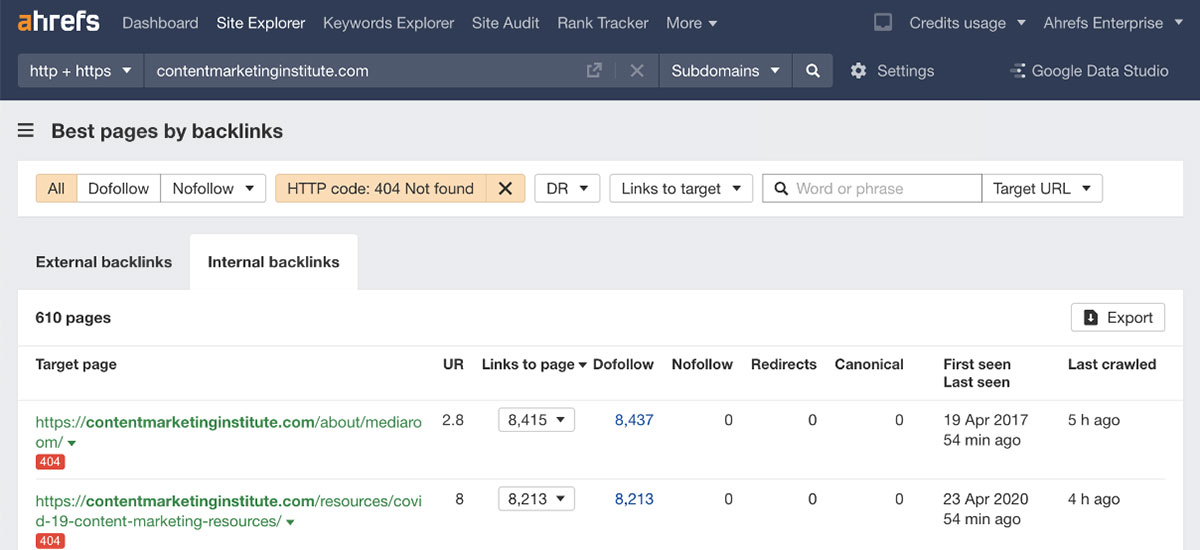
Pricing: Lite is $99/month, Standard is $199/month, Advanced is $399/month, and Enterprise is $999/month.
Ahrefs is a powerful link juice tool that can help you identify and fix broken internal links, excessive redirects, and internal links with nofollow. It can also help you research internal link opportunities based on top-ranking keywords and analyze competitors’ internal linking strategies.
SEMrush
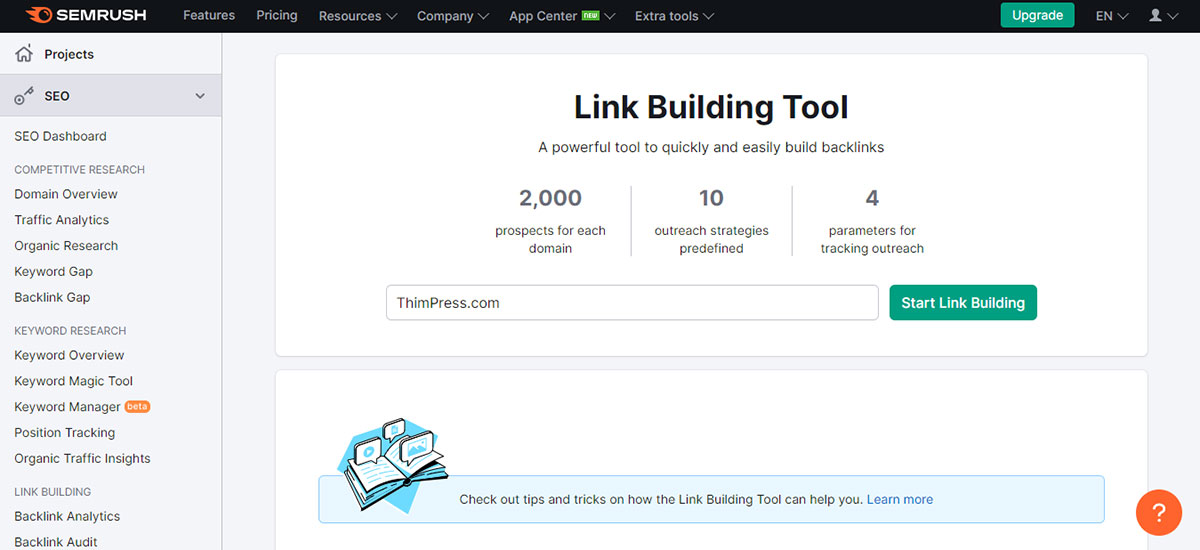
Pricing: Pro is $119.95/month, Guru is $229.95/month, and Business is $449.95/month.
SEMrush is known for its comprehensive SEO skills and can help improve link structure, identify internal linking opportunities, and enhance user experience.
SEMrush is a powerful internal link-building tool that can help you improve your website’s internal linking structure. It can help you identify broken links, excessive redirects, and internal links with nofollow. It can also help you research internal link opportunities based on top-ranking keywords and analyze competitors’ internal linking strategies.
Google Search Console
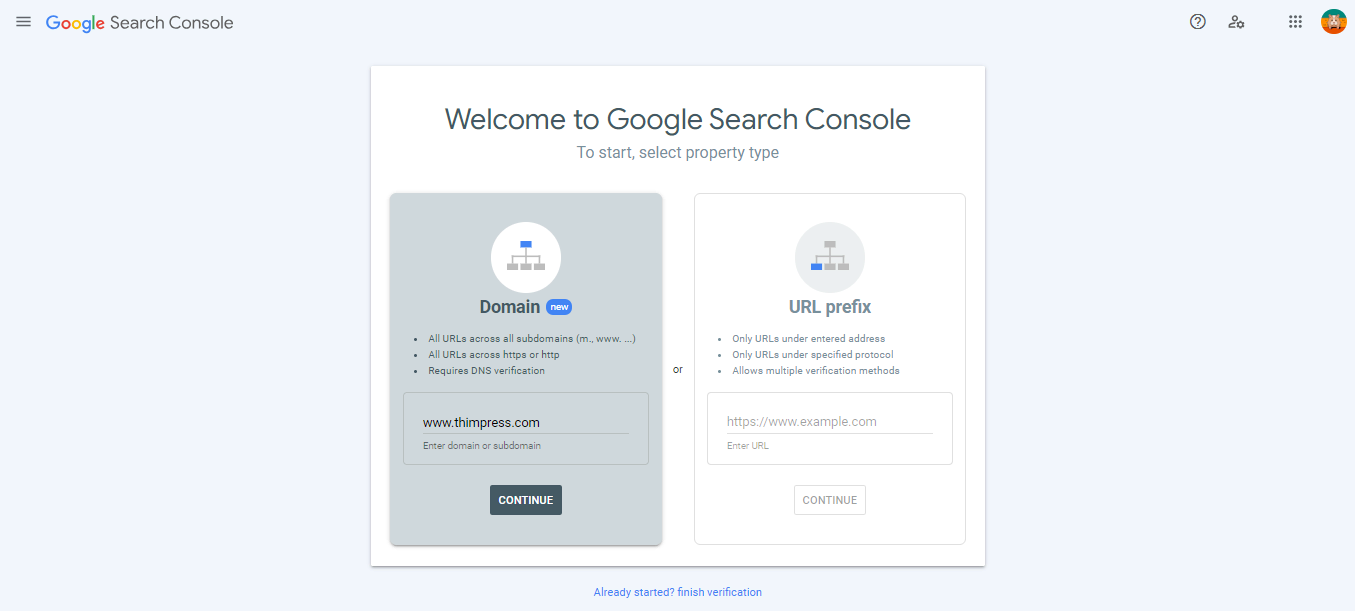
Pricing: Free.
The Google Search Console link analysis report provides information on the top linking sites, internal and external links, and the number of internal links pointing to specific URLs. However, it does not display the anchor text for internal links.
Despite this limitation, the GSC link analysis report can be a valuable tool for internal link building. It can be used to identify pages with a high number of internal links, as well as pages with few or no internal links. This information can then be used to develop a strategy for building internal links to important pages on your website.
Additionally, the GSC link analysis report can be used to monitor the performance of your internal linking strategy. By tracking the number of internal links pointing to specific pages and the traffic those pages receive, you can identify which internal linking strategies are most effective.
BuzzStream
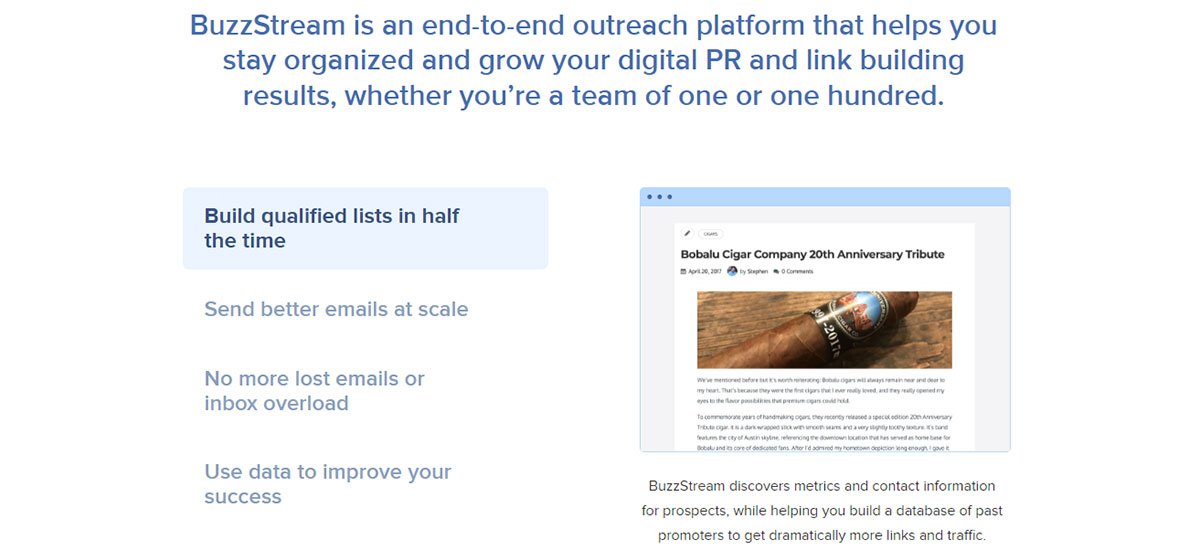
Pricing: Starter is $24/month, Growth is $124/month, Professional is $299/month, and Custom starting at $999/month.
BuzzStream is a link-building platform that helps you network with bloggers and influencers, track your progress, and manage your link-building campaigns. It has prospecting and link juice tools to help you find potential targets, track your outreach efforts, and improve your internal linking strategy.
Hunter.io
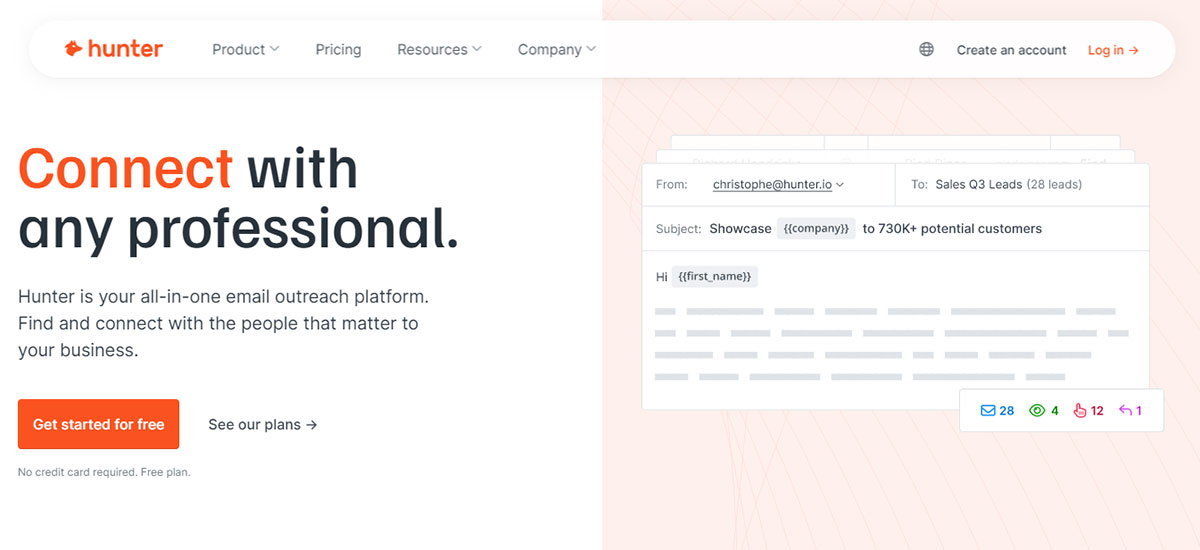
Pricing: Free, Starter is $49/month, Growth is $149/month, and Business is $499/month.
Hunter.io is a versatile platform that specializes in email outreach and lead generation. It can be used to find relevant websites and prospects for link placements, as well as potential collaborators for joint content and guest blogging, which can lead to beneficial internal link opportunities.
Key Take Notes
- Link juice, also known as link equity, is an essential factor in SEO. It is a measure of the authority and credibility of a website, and it is passed on from one website to another through hyperlinks.
- The more high-quality backlinks a website has, the more link juice it has, and the higher it is likely to rank in search engine results pages.
- Understanding how link juice works and implementing effective strategies to acquire more of it can help you improve your website’s authority and rank higher in SERPs.
Read More: Top 10 WordPress Real Estate Plugins Compared
Contact US | ThimPress:
Website: https://thimpress.com/
Fanpage: https://www.facebook.com/ThimPress
YouTube: https://www.youtube.com/c/ThimPressDesign
Twitter (X): https://twitter.com/thimpress
